
Audio
Leroy Browne explains the process of curing bulrush.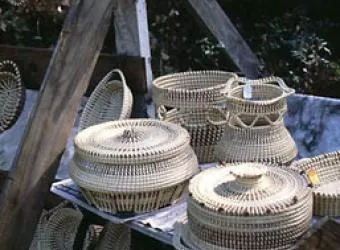
Basketmaking in South Carolina reflects the blending of Native American, European and African traditions to create two predominate types of baskets - the coiled baskets of the Lowcountry and woven baskets of the Piedmont and Blue Ridge. Native Americans used river cane to plait baskets, mats and fish traps. Europeans maintained Old World techniques and forms, adapting them to new materials like white oak to weave their harvest baskets and clothes hampers. On the coast, enslaved Africans brought their knowledge of rice production and introduced coiled basketry using local sweetgrass, bulrush, palmetto, and pine needles. Today, traditional basketmakers have adapted their forms to a changing market and most baskets are made for decorative use.
Content is provided by McKissick Museum, University of South Carolina.
For further information about any of the artists featured on Digital Traditions, send your questions and comments to hallagan@mailbox.sc.edu.

Audio
Leroy Browne explains the process of curing bulrush.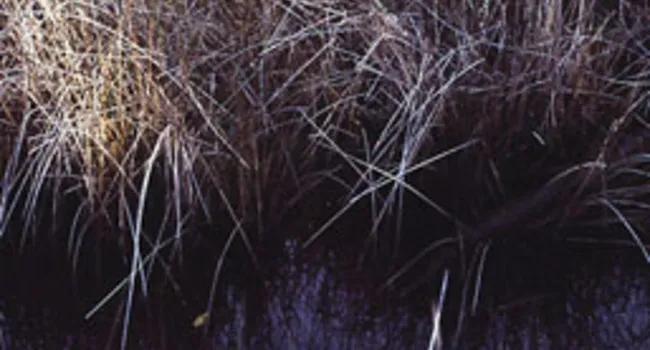
Audio
Mary Jane Bennett talks about curing sweetgrass and bulrush.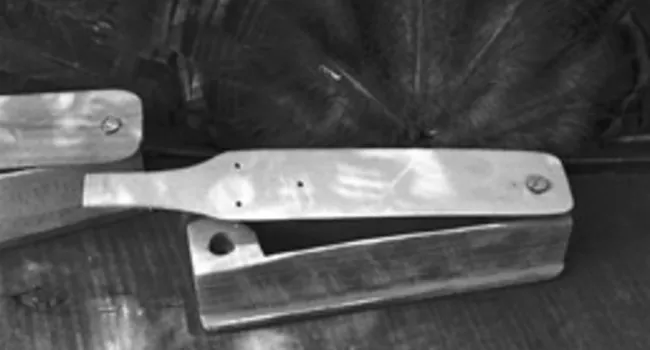
Audio
R.C. Hagan shares his love of hunting. For awhile turkey hunting had stopped in the Piedmont area of South Carolina, so he went hunting in Augusta during the open season.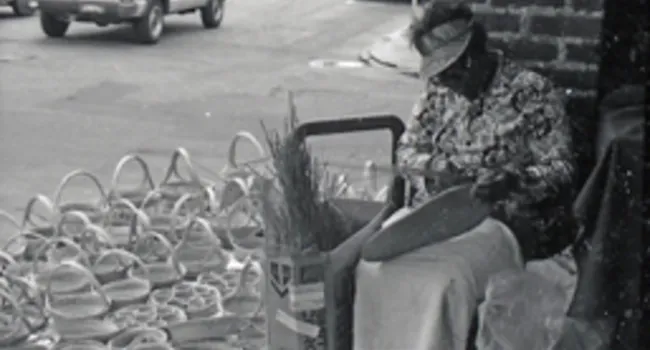
Audio
Marie Manigault talks about where to get basket materials.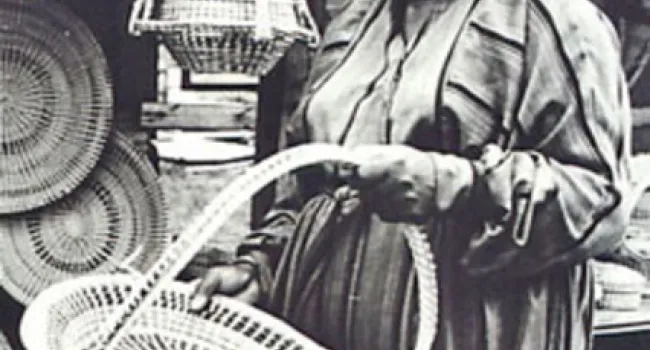
Audio
Mary Jane Bennett talks about her baskets from her youth.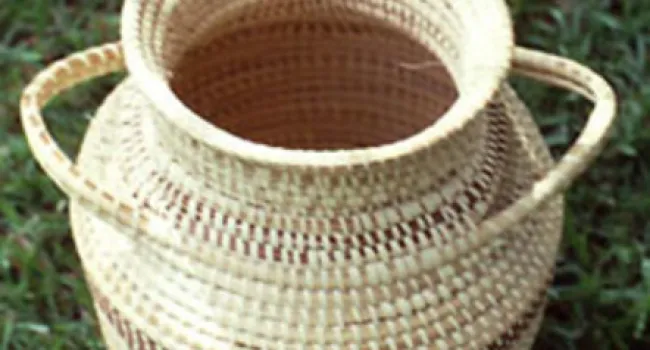
Audio
Sue Middleton explains how she decides on the shape of the basket.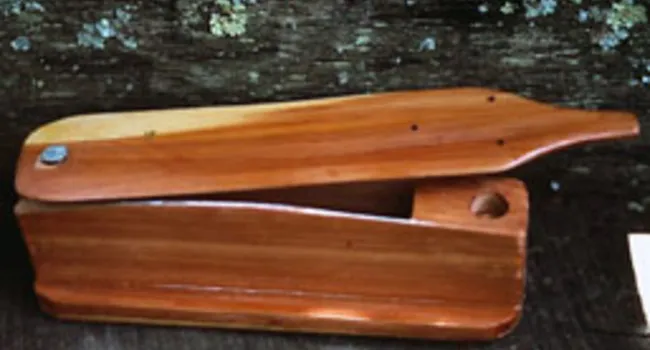
Audio
R.C. Hagan talks about the types of woods he uses to make his turkey calls and what makes a good turkey call.
Audio
Leroy Browne talks about gathering materials for class.
Audio
Marie Manigault talks about palmetto and pine needlses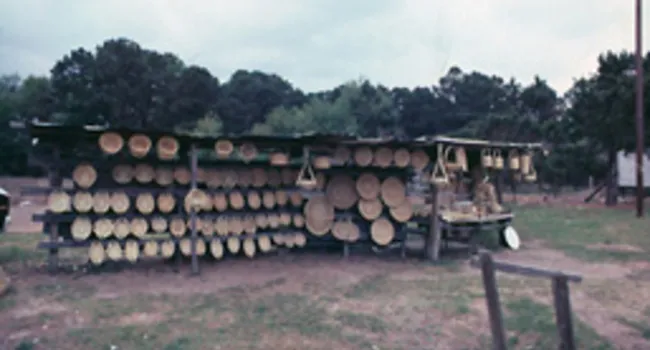
Audio
Mary Jane Bennett talks about selling baskets at fairs and shows.